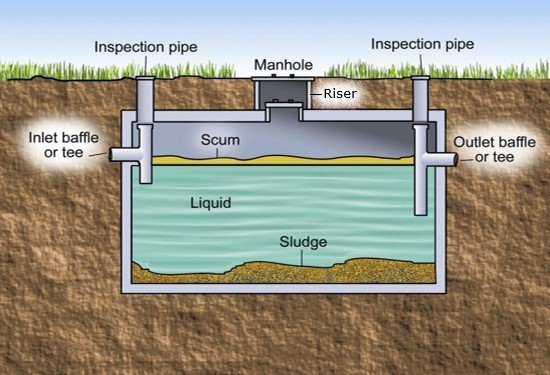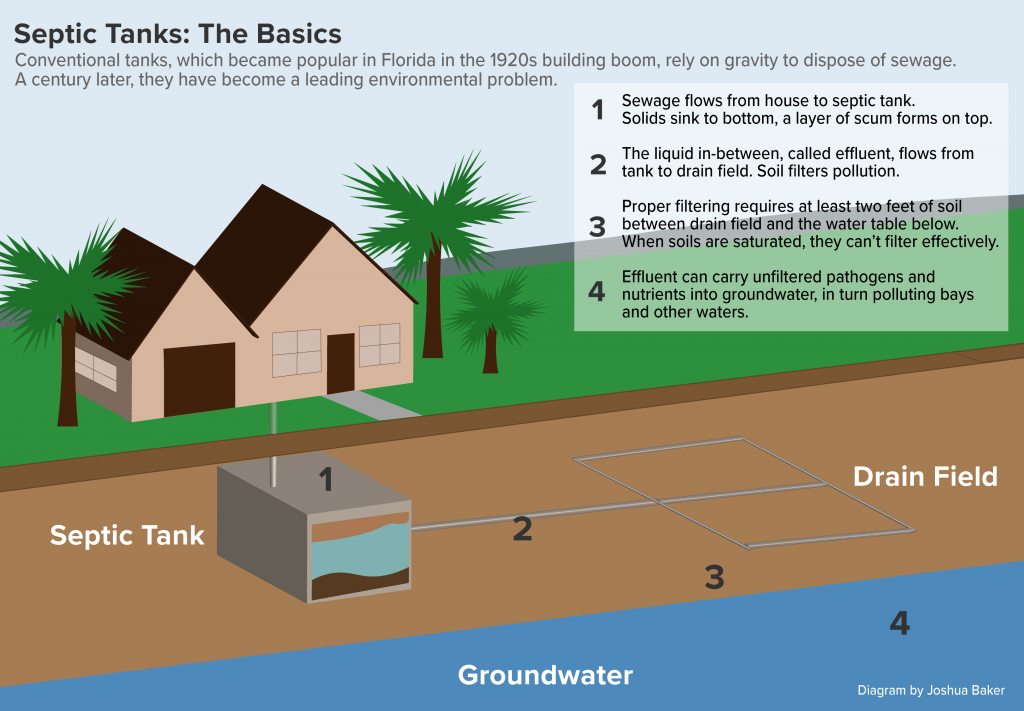Septic Tank Pumping: A Crucial Upkeep Action for Your Home
Translating the Language of Septic Tank Services: A Reference of Terms for Clear Communication and Understanding
Are you perplexed by the jargon utilized in septic container solutions? Don't fret, we've obtained you covered! In this short article, we'll aid you decode the language of septic system services with a convenient glossary of terms. From understanding the essentials of your septic system to handling sludge buildup, we'll supply clear explanations to make sure clear communication and understanding. Bid farewell to complication and hello there to a well-kept septic tank!
Sewage-disposal Tank: Recognizing the Basics

If you are unknown with septic containers, they are below ground containers that hold and treat wastewater from your home. These storage tanks are a crucial part of your home's pipes system, in charge of securely and effectively taking care of the waste created by your everyday activities. Understanding the basics of sewage-disposal tanks is critical in order to guarantee their correct performance and avoid costly fixings.
A septic tank contains 2 major elements: the tank itself and the drainfield. The container is where the wastewater moves into, and it is created to separate solids from fluids. The solids settle at the end of the tank, developing a layer of sludge, while the liquids, referred to as effluent, rise to the top. The effluent after that streams into the drainfield, where it is more treated and spread into the bordering soil.
Normal maintenance of your septic system is important to stop issues such as blockages, backups, and system failings. It is advised to have your storage tank pumped every 3 to five years, relying on its size and use. Additionally, it is essential to be mindful of what you purge away and bathrooms, as particular chemicals and materials can hurt the microbial balance in the container.
Drain Area: The Role of Soil in Garbage Disposal
To preserve the proper performance of your sewage-disposal tank system, it is essential to understand the function of the drain area in waste disposal and just how the surrounding soil plays a vital role in this process. The drain area, additionally known as the leach field or absorption field, is an essential component of a septic system. Its main feature is to filter and deal with the wastewater that drains of the septic storage tank.
When the wastewater leaves the septic system, it is dispersed evenly across the drainpipe area via a network of pipes or trenches. The drainpipe area contains a layer of crushed rock or rock, which helps to distribute the wastewater equally and advertise efficient purification. Listed below the crushed rock layer, there is a layer of dirt that acts as a natural filter.
The soil in the drain field plays a vital duty in the therapy of wastewater. As the wastewater percolates via the dirt, it undertakes an all-natural procedure of purification and filtration. The dirt functions as a physical and organic filter, eliminating unsafe bacteria, infections, and various other pollutants from the wastewater.
The make-up and top quality of the dirt are essential for the efficient performance of the drain field - septic tank pumping. The soil needs to have good percolation prices to enable the wastewater to move through it easily. In addition, the dirt should have enough oxygen degrees to support the development of cardiovascular germs, which aid in the breakdown of raw material in the wastewater

Effluent: the Liquid Waste From Your Septic System
As the wastewater leaves the drainpipe area, it is called effluent, and it is vital to comprehend the characteristics and monitoring of this liquid waste from your septic tank. Effluent is the term used to explain the cured wastewater that drains of your septic system and right into the drain field. septic tank pumping. This liquid waste has a blend of water, raw material, and dissolved solids
Effluent ought to be clear and totally free of any kind of unpleasant smells. If you observe any kind of nasty scents or discoloration, maybe an indicator of an issue with your septic system. Normal maintenance and pumping of your septic container can aid ensure that the effluent remains tidy and free from pollutants.
Proper administration of effluent is critical to avoid contamination of the surrounding atmosphere. The drainpipe area is developed to filter and deal with the effluent before it enters the soil. It is necessary to prevent any kind of tasks that can possibly damage the drainpipe field, such as car park vehicles or growing trees with deep origin systems.
Sludge: Handling Solid Waste Accumulation
When managing solid waste buildup in your septic tank, appropriate management of sludge is crucial. Sludge describes the thick layer of strong waste that accumulates at the bottom of your septic storage tank over time. If not managed correctly, sludge can trigger various concerns, such as blocking, backups, and also system failure.
Regular upkeep is essential to avoid sludge accumulation. It is advised to have your sewage-disposal tank pumped every 3 to 5 years, relying on the dimension of your home and the tank's ability. Pumping removes the gathered sludge, permitting your septic tank to work successfully.
Be conscious of what you flush down the drain. Second, consider making use of septic-safe products that won't disrupt the all-natural microbial balance in your system.
Pumping: Keeping the Health And Wellness of Your Septic System
Maintain the health of your septic tank by consistently pumping it. Pumping is a vital upkeep task that assists stop issues and ensures the correct performance of your why not try these out septic system. In time, strong waste and sludge collect in the storage tank, which can cause blockages, backups, and even system failure. Pumping removes these built up solids, enabling the container to continue running effectively.
Routine pumping is advised to avoid the sludge from reaching high degrees. The regularity of pumping depends upon various factors such as the size of the tank, the variety of residents in your household, and the usage of water. Usually, sewage-disposal tanks need to be pumped every three to 5 years. It's crucial to note that every system is unique, and it's ideal to consult with an expert to identify the optimum pumping routine for your particular circumstance.
Verdict
So there you have it: a convenient reference of terms to aid you better comprehend the language of septic system solutions. Whether it's learning more about the basics of septic systems, understanding the function of the drain area, or recognizing how to take care of sludge accumulation, this reference will certainly you could try these out make certain clear interaction and a better understanding of your septic system. Keep these terms in mind to keep the health and wellness and performance of your septic system.
A septic container is composed of two main parts: the storage tank itself and the drainfield.Normal upkeep of your septic storage tank is crucial to stop concerns such as clogs, back-ups, and system failings.To maintain the proper capability of your septic storage tank system, it is critical to understand the duty of the drain area in waste disposal and exactly how the surrounding dirt plays a vital duty in this process. It is advised to have your septic container pumped every three to 5 years, depending on the dimension of your family and the tank's capability. Whether it's discovering concerning the essentials of septic storage tanks, comprehending the function of the drainpipe area, or knowing how to deal with sludge buildup, this reference will guarantee clear communication and a far better understanding visit this site of your septic system.